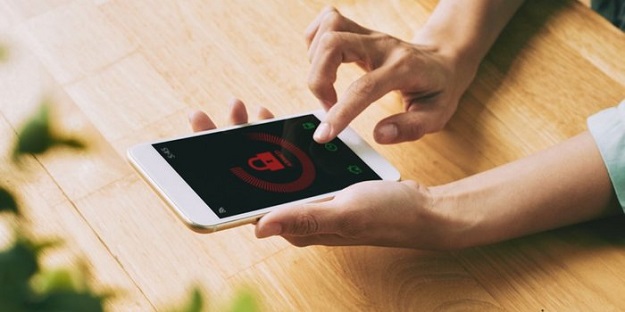The password is the most commonly used authentication technique around the world, utilised to protect both business assets and personal data. However, as technology advances and cybercriminals find more ways to get hold of that all-important data, it only becomes clearer how inadequate passwords have become as a sole method of protection.
In order to keep data fully secured and ensure individuals and businesses are protected against attacks, we need to be doing more. Implementing alternatives to password-based systems is an important step, but what are the options? Experts from Syntax IT Support London highlight the best alternatives out there.
1) Biometrics
Biometrics are identifiers such as fingerprint and facial scans, which are used to more securely verify a user’s identity. This method has become very popular in recent years, with applications such as Apple’s Touch ID and Face ID now commonplace. Individuals use biometrics to unlock their phones and gain access to their data and businesses can benefit from similar methods by investing in the right technology.
Microsoft Hello, for example, is a software for PCs which now features fingerprint and facial recognition options. It is recommended that biometrics are used alongside a second method of authentication rather than as a lone security process, as the technology isn’t quite perfect. It is thought that as the technology continues to improve, biometrics mechanisms will become more secure and commonly relied upon.
Don’t Miss —
12 Best Software Which Help You to Manage Your Passwords
2) Two-step verification
Two-step verification is one of the best and easiest ways to tighten security and take a step away from regular password use. This method provides an extra layer of security rather than replacing passwords altogether and it is extremely simple to use. Two-step authentication has already been adapted by big names such as Google and Microsoft and works to confirm that the user is who they claim to be by performing a second check using a mobile device.
The user simply types their password in and is then sent a push notification or text message on a personal mobile device to confirm their login. Using this technique, hackers cannot gain access to accounts simply by guessing or otherwise accessing the user’s password, which means everyone is better-protected.
3) One-time passwords
The one-time password is an authentication technique designed for single use. Upon login, a short pass-code is generated and provided to the user via an associated phone number or email address, which then must be entered on the login page before the user can access their account. The passcode will only be valid for the duration of one session, which means that if the user logs out they’ll have to repeat the process to regain access. OTPs are more secure than regular passwords because they are randomly generated at the point of login rather than stored on the service provider’s servers. One-time passwords are most commonly used as a secondary authentication mechanism rather than a sole verification method, but this simple addition will vastly improve the level of protection given to your data.
4) Authenticator apps
Authenticator apps use a mobile application rather than a password or randomly generated code to verify user identity. When using this method, users are required to install a service’s partnering authenticator app upon sign up. This app along with the user’s specific mobile device then becomes associated with their account.
When trying to access their account, users are sent an access request to the associated device via the app they have downloaded. From here, the user can simply approve the app request. Authenticator apps have become more popular in recent times due to the added security they provide while remaining easy to navigate. Google and Microsoft provide authenticator apps for their own services and many other brands have followed suit, eliminating vulnerabilities via an improved system of authentication.

